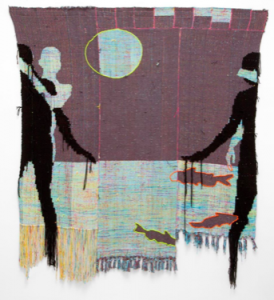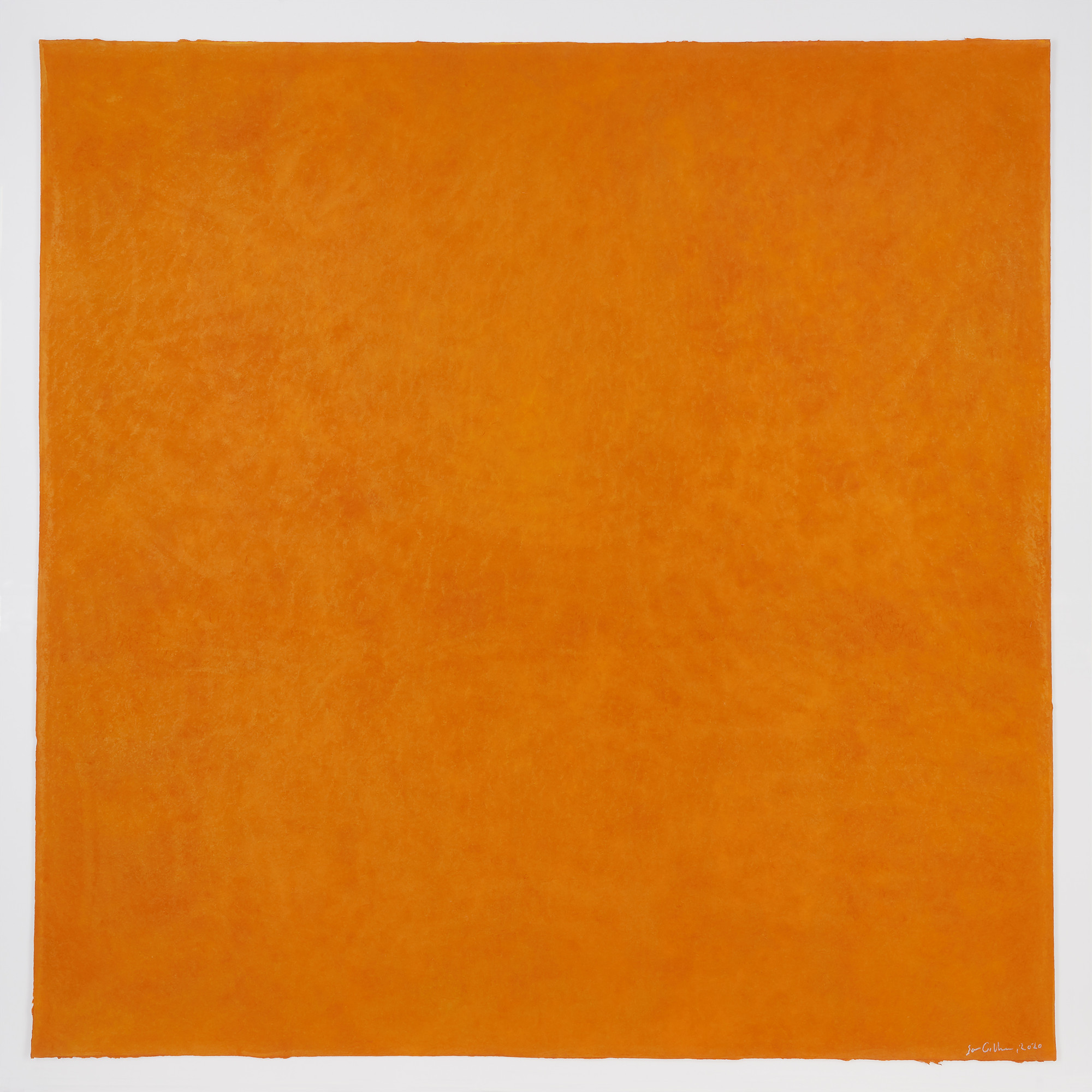Louise Nevelson, Untitled, 1977, cardboard, foil, and paper on board, 36" x 23-3/4" (91.4 cm x 60.3 cm)
Pace Gallery is currently holding an online exhibition
Louise Nevelson: Three Collages, consisting three mix media collage works made during the 1970s. The three collages showcase the attention to detail, skill of arrangement, and the mastery of mixing media of Louise Nevelson. In addition to the presentation of the collages, the show is a fundraiser online event for the Nevelson Chapel restoration project, the only existing fully-intact sculptural environment by Louise Nevelson, located in Mid-town New York City. The three collages are highly representative of Nevelson's works and aesthetics, working as a great introduction for those who are less familiar with her works and essentially an eye-grabbing store front for the restoration project.
For an online exhibition, this show is well curated that the webpage is minimally designed, and viewers shall really enjoy every detail of the artworks through the up-close shots accompanied by a few lines of description rendering the artistic contexts. The imperfection, the tear of paper, and the miraculous composition captured through the photographs help viewers to experience the works at no compromise. However, the overly spoken mission of fundraising for the Nevelson Chapel somewhat interrupts the experience. An attention-seeking "available" button is placed right under the images, unavoidably asking viewers to draw comparisons to Ebay auction pages or Zillow real-estate postings. After a curious click, the price tag of the artwork becomes fully disclosed. While the transparency could be potentially appreciated by new collectors, for most exhibition goers, the price tags ruin the otherwise immersive exhibition. For established galleries like Pace, the private ownership of the operations are often mistaken as if they are public museums. Shows like Louise Nevelson: Three Collages are quick reminders of their true functions as brokerage for artists and artworks breaking the mysteriousness of private galleries.
Despite the provocative intentions of the show, taking a look at the three Louise Nevelson collages should still be a refreshing and wonderful break from the hours of Zoom call, especially in the convenience of not having to leave your chair.









